


South India has some of the unipue places wortg visitinr. And-the icing on the cake-we got to experiience the magnificence of south India in the new Honda City
HAVING COVERED THOUSANDS of kilometres in different Honda cars and having traversed almost the length and breadth of our beautiful and variegated country, we are proud to say that there could not have been a better companion than Honda cars.


 It may be recalled that we started our travelogue series with the Honda CRV, our comfort zone for 11 days during our north Indian expedition. Then Honda sent the City as our partner for the western experience. The Jazz showed us round the wild side of central India while the last leg of the series was explored in the new Honda City. Our last leg also gave us an opportunity to explore the southern part of the country, by far the best trip we have ever undertaken.
It may be recalled that we started our travelogue series with the Honda CRV, our comfort zone for 11 days during our north Indian expedition. Then Honda sent the City as our partner for the western experience. The Jazz showed us round the wild side of central India while the last leg of the series was explored in the new Honda City. Our last leg also gave us an opportunity to explore the southern part of the country, by far the best trip we have ever undertaken.
Heading out of Pune on NH 4 towards Goa became quite interesting when we veered off the national highway towards the State highway just before Kolhapur. While driving on the narrow State roads of Maharashtra, we came across a beautiful temple dedicated to Lord Bahubali. The most striking feature of this temple, as we discovered, was the huge 28-foot statue of Lord Bahubali finished in marble. We offered prayers at this Jain shrine and got back on the road again.


 A couple of hours later, still on the narrow State highway, we stumbled upon an ancient temple. It is a marvellous piece of ancient Indian architecture located at village Khidrapur on the Maharashtra-Karnataka border. The Kopeshwar temple is simply breathtaking and dates back to the sixth century. A local man, who charged us Rs 50 at the end, enlightened us about the history of the temple. Back on the highway and on our way to Goa.
A couple of hours later, still on the narrow State highway, we stumbled upon an ancient temple. It is a marvellous piece of ancient Indian architecture located at village Khidrapur on the Maharashtra-Karnataka border. The Kopeshwar temple is simply breathtaking and dates back to the sixth century. A local man, who charged us Rs 50 at the end, enlightened us about the history of the temple. Back on the highway and on our way to Goa.
We were tired and, by the time we arrived in Goa, darkness had already fallen. But the lively atmosphere of this tiny State lifted our spirits. After a nice supper we hit the hay.


 The next day I woke up quite excited, because this was the day when we would venture towards southern India. On our way to Mangalore we stopped over at Murudeshwara, a small village just two kilometres off NH 17. Adorned by a beautiful coastline and a temple dedicated to Lord Shiva, Murudeshwara’s main attraction is the huge tower gate and the 123-foot tall Lord Shiva statue, said to be the second tallest in the world. The biggest surprise of the day was that little stretch of coastal highway, which was literally on the beach. Between Murudeshwara and Udupi a small patch of highway is flanked by the Arabian Sea on one side and a river on the other. One has to see it to believe it.
The next day I woke up quite excited, because this was the day when we would venture towards southern India. On our way to Mangalore we stopped over at Murudeshwara, a small village just two kilometres off NH 17. Adorned by a beautiful coastline and a temple dedicated to Lord Shiva, Murudeshwara’s main attraction is the huge tower gate and the 123-foot tall Lord Shiva statue, said to be the second tallest in the world. The biggest surprise of the day was that little stretch of coastal highway, which was literally on the beach. Between Murudeshwara and Udupi a small patch of highway is flanked by the Arabian Sea on one side and a river on the other. One has to see it to believe it.
By now monsoon was upon us and heavy downpour accompanied us wherever we went. But that did not stop us from visiting two of the most prominent temples in Mangalore. Visiting the Kudroli and Kadri temples was quite a divine experience. We almost gatecrashed a wedding ceremony that was being held inside the temple precincts. We realised it just in time and quickly made our way towards the main temple instead of the wedding hall. There are a number of temples in Mangalore along with monuments that were built by the great ruler, Tipu Sultan. It is a place worth visiting again.
Rain followed us to Madikeri, a beautiful place famous for coffee, pork, waterfalls, picturesque hillsides and clement weather. However, too much commercialisation in the town proper has made insidious inroads into the charm of this spectacular hill station. We also had to miss the famous Kodagu cuisine since the entire town was shut by 9.00 pm. We had to be content with the bland food served to us in the hotel restaurant.
The next day, on our way to Mysuru (formerly Mysore), we stopped over at a small place called Bylakuppe, which has the largest Tibetan settlement in southern India. When we reached Bylakuppe, we were astonished by the beauty of this place. I felt as if I were in Tibet. The lush green fields, clean roads, Tibetan people and temples simply radiated peace and harmony. It is an ideal place to spend some peaceful time. From Bylakuppe, Mysuru was just an hour’s drive.


 The city of Mysuru welcomed us with its clean surroundings and quite a few places that are a must-see. The beauty of the Gothic church and the might of the Mysore Palace along with the hordes of devotees at the Chamundadevi Temple on Chamundadevi Hill will simply take your breath away.
The city of Mysuru welcomed us with its clean surroundings and quite a few places that are a must-see. The beauty of the Gothic church and the might of the Mysore Palace along with the hordes of devotees at the Chamundadevi Temple on Chamundadevi Hill will simply take your breath away.
But with a strict schedule to keep to, we were forced to get back on the road and continue our road trip. The drive from Mysuru to Udhagamandalam (formerly Ooty) was simply one of the best in this entire trip of ours as we drove through the Bandipur forest, to take in wild elephants feasting upon bamboo shoots near a field. The zigzag ghat that leads up to Udhagamandalam (Ooty) has no less than 36 hairpin bends that are quite tight and steep. Always watch out for oncoming traffic, for there is very little space for two vehicles to pass each other at a time. Once you are past the 36 exciting hairpins, you reach the outskirts of Udhagamandalam, lined with green trees, which make you feel as if you are somewhere in Europe. The town itself is quite picturesque and clean. Indeed I am still wondering how a popular tourist destination in India can be so clean!
Our place to doss down at the end of the day was Coimbatore, an industrial town, where there is hardly anything to see. After spending the night in Coimbatore we were on our way to Munnar, a small hill station in Kerala, well-known for its tea plantations and sandalwood forests. The winding road leading up to Munnar is the main attraction of the place. The road is not just picturesque, it makes you wonder whether you are in south India or in Assam as the hills are all full of lush green tea plantations for miles and miles on end. It is simply heavenly. You also cross the famous sandalwood forests on your way to Munnar. To soak ourselves in the beauty of Munnar we decided to stay in Munnar for the night. We had some really lip-smacking food in Munnar that evening.
After Munnar, we made our way to Kochi, an important city of Kerala – ‘God’s own country’. I was looking forward to the backwaters, traditional Kerala cuisine and, most importantly, the Chinese fishing nets. We got to see and taste all of it and then some. We visited the famous Bastion Bungalow, Santa Cruz Basilica, a 15th-century synagogue and the famous Jew Town of Kochi. But we were unable to spend some time in the famous spice markets of the Malabar coast. It was a wonderful experience that lasted for only a couple of hours. We finally parted from this wonderful city and headed straight for Kanyakumari – the southernmost tip of mainland India.


 After covering 250 kilometres through some of the worst highways in India we were finally in Kanyakumari. It took us the entire afternoon and evening to reach Kanyakumari. And by the time we reached our hotel, it was already night. We were very tired and needed some rest, so giving supper a miss we went straight to bed.
After covering 250 kilometres through some of the worst highways in India we were finally in Kanyakumari. It took us the entire afternoon and evening to reach Kanyakumari. And by the time we reached our hotel, it was already night. We were very tired and needed some rest, so giving supper a miss we went straight to bed.
Missing the sunset on the previous evening was disappointing, but we got up early on the morrow to witness the sunrise. To our surprise, the whole beach was full of tourists who had lined up even before us to witness the sun go up in the sky. Kanyakumari, though a sleepy town, was an interesting place to see. We had to search hither and thither a lot to find breakfast at 11.00 am, since most of the restaurants were either shut or did not serve breakfast.
Thereafter we headed towards Madurai. Those who have been to Varanasi would immediately relate Madurai with it. The first thing you notice in Madurai is the heavy traffic and hordes of people from almost every part of the country. The town centre, basically situated around the famous Meenakshi Temple, resembles the streets around the Kashivishwanath Temple in Varanasi. It is chaotic. Navigating here reminded me of driving in Varanasi. Anyway, we made our way into the Meenakshi Temple just to find out how beautiful the temple was. It is a huge temple that houses an entire village within its precincts. There are many shops selling devotional stuff. It took us almost two hours to navigate through the narrow lanes and alleyways to reach to the main structure. The beauty of this temple cannot be described in words. One has to actually see it to believe it.


 By the time we got out of the temple we were literally dragging ourselves to the car. But it was a good experience and I would definitely love to visit it again.
By the time we got out of the temple we were literally dragging ourselves to the car. But it was a good experience and I would definitely love to visit it again.
Getting out of Madurai on the next day was really a struggle. Buses, lorries, rickshaws, bicycles and throngs upon throngs of people on streets made our exit from Madurai quite laborious. Once on the super-fast NH 38, though, we could let the cruise control take over. This new feature in the new Honda City was is a welcome addition that lets your foot relax. We made it to Puducherry (formerly Pondicherry) in just over four hours, which was quite fast as we learned later that it usually takes six hours to cover this 350-kilometre distance. Fast we may have reached, but finding a decent place to stay was quite difficult, because most of the hotels were either fully booked or had shabby rooms that were not worth even a cursory glance. Somehow we dumped your luggage in one of the decent hotel rooms that we were able to find and headed straight for the beach. Most of the beaches we visited were full of people, it being a Sunday, but they were clean despite the large crowd and hawkers. We visited a restaurant, Don Giovanni, which was started by an Italian who simply fell in love with Pondy. Another place where you can savour delicious Italian food is Café Xstacy, which is diagonally opposite Don Giovanni’s. Xstacy serves fresh, wood-fire oven baked pizzas that are simply heavenly. And, yes, do not forget to visit the famous Aurobindo Ashram. Pondy is a more laid-back version of the already laid-back Goa.


 From Pondy we headed to the Tamil Nadu capital city of Chennai via the ECR (East Coast Road). En route to Chennai we stopped at Mahabalipuram, a small town and a treasure of world heritage sites and monuments that simply leave you breathless. The five Rathas, the Shore temple, the Kund near the Shore temple, Krishna’s butter ball and wall carvings are all worth seeing when in Mahabalipuram. It was quite a spectacular place.
From Pondy we headed to the Tamil Nadu capital city of Chennai via the ECR (East Coast Road). En route to Chennai we stopped at Mahabalipuram, a small town and a treasure of world heritage sites and monuments that simply leave you breathless. The five Rathas, the Shore temple, the Kund near the Shore temple, Krishna’s butter ball and wall carvings are all worth seeing when in Mahabalipuram. It was quite a spectacular place.
I have been to Chennai before, but never got to see the city, because most of my time was spent at the MMSC racetrack. This time I could truly experience the city. We visited many places, including a church, a really old temple and many iconic eating places that serve delicious vegan meal. We also paid a visit to the legendary Murugan Idly that serves the best idlis in Chennai. Chennai is a nice city, albeit one marred by pathetic traffic conditions. By the time we got out of Chennai, it was already dark, so we decided to stay over the night at a hotel and start for Bengaluru (formerly Bangalore) the next morning.
On our way to Bengaluru the next day, we stumbled upon an old fort that had a moat around it. It was located in the centre of a small settlement called Vellore and was quite an interesting sight. We later found out that this fort once served as the headquarters of the Vijayanagara Empire. It was later passed on to the Bijapur Sultans, the Marathas, the Carnatic Nawabs and the British, who held it until Independence. It was quite interesting to see a mosque, a church and a temple located inside the fort.
The beautiful city of Bengaluru welcomed us with its chock-a-block traffic. Bengaluru’s traffic is a nightmare. However, this city is also famous for its cosmopolitan, multi-cultural atmosphere. There are people from all parts of the country. Time constraints forced us to head straight for Hampi.

 The drive from Bengaluru to Hampi was a gruelling one. We travelled on the smooth and fast NH 4 until Chitradurga. However, we had to get off NH 4 and on to NH 13 to reach Hampi. NH 13 is a single road with two-way traffic and driving on this road at night was quite a painful experience. The high beams of the oncoming traffic tend to blind you and there are no road markers to help your nocturnal judgement. Nevertheless, assisted by the able headlights of our Honda City, we arrived in Hampi at one o’clock in the morning. Fortunately, we had already booked our rooms in a hotel.
The drive from Bengaluru to Hampi was a gruelling one. We travelled on the smooth and fast NH 4 until Chitradurga. However, we had to get off NH 4 and on to NH 13 to reach Hampi. NH 13 is a single road with two-way traffic and driving on this road at night was quite a painful experience. The high beams of the oncoming traffic tend to blind you and there are no road markers to help your nocturnal judgement. Nevertheless, assisted by the able headlights of our Honda City, we arrived in Hampi at one o’clock in the morning. Fortunately, we had already booked our rooms in a hotel.
We got up early the next morning and were filled with the same enthusiasm we had on day one. We knew that by the end of the day we will be back home. Anyway, we went to Hampi and discovered that this 600-year-old city, which was once known as Vijayanagara, was one of the richest places in the whole of India. The marvellous architecture and proper planning clearly display the architectural splendour of ancient India. We were stunned to see this ancient city, which is now in ruins, but you can imagine the excellent execution of a planned city that had everything from watchtowers at strategic locations, market places to palaces and auditoria. It’s a must-see place for history-lovers and enthusiasts. Hampi makes you feel proud to be an Indian. It truly embodies ‘Incredible India’. As we looked at the clock, we realised that it was time to head back home. However, we had our own doubts about sticking to the planned schedule. We drove through the afternoon and evening just to realise that we are still 400 kilometres away from Pune and home. And before we knew it, it was midnight and we were still 250 kilometres away. After driving throughout the day without rest, fatigue had started setting in, but there was still some excitement left in us and we continued driving into the night.
Finally, we reached Pune at five o’clock in the morning. We looked at the trip meter and it read 4,250 kilometres. We had traversed that distance in 12 days, covering three States of southern India and south-western Maharashtra. We had seen what many wish to see and we did it in a Honda car, which made our south Indian sojourn a comfortable one. We challenged ourselves and the new Honda City on this adventurous journey and I am glad to say that all of us, including the new City, came out with flying colours. Suffice it to say that if I get another chance to do this trip all over again, I would be only glad to do it!
With this our series of travelogues aboard Honda cars comes to an end. In this series we have travelled thousands of kilometres in Honda cars that have proved their reliability and excellent build quality by never breaking down. It is hard to bid adieu to such a wonderful series that enabled us to see India in a unique way. We would really recommend all Honda owners to go out there in their cars and enjoy the beauty of this wonderful country we call home.
AFTER COVERING 250 KILOMETRES THROUGH SOME OF THE WORST HIGHWAYS IN INDIA WE WERE FINALLY IN KANYAKUMARI. IT TOOK US THE ENTIRE AFTERNOON AND EVENING TO REACH KANYAKUMARI
Story: Ravi Chandnani
Photography: Rommel Albuquerque









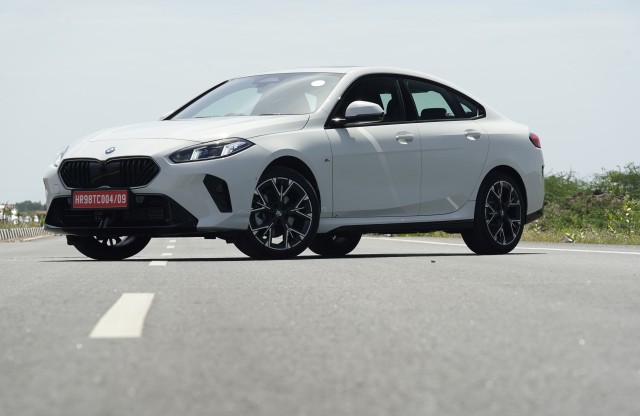
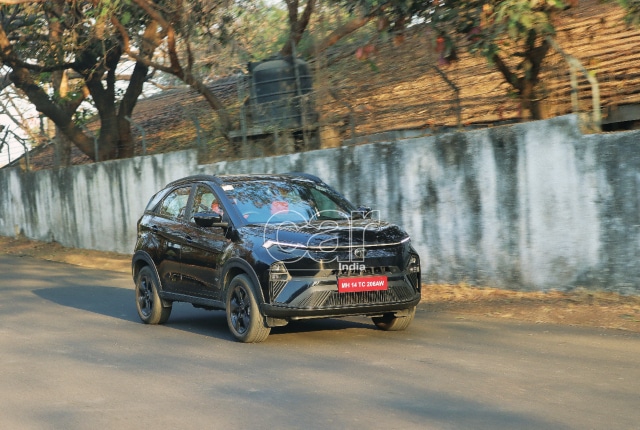

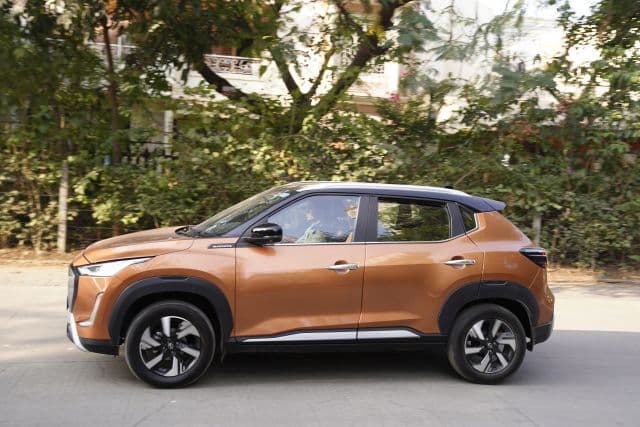
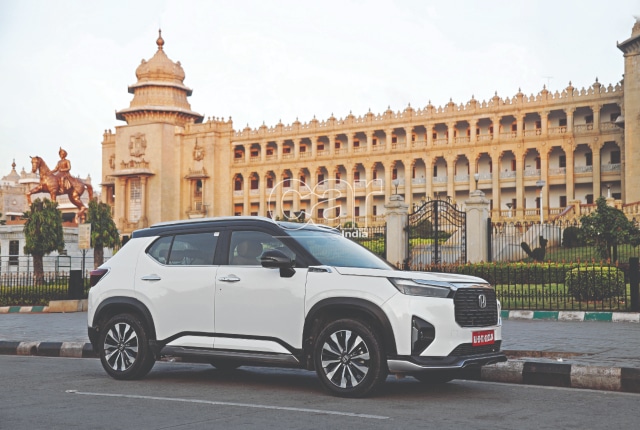
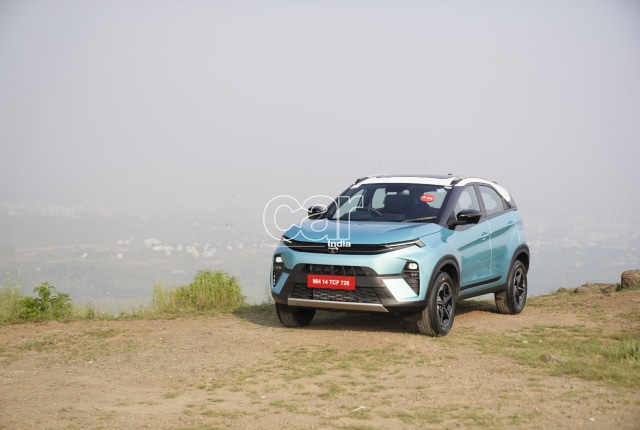
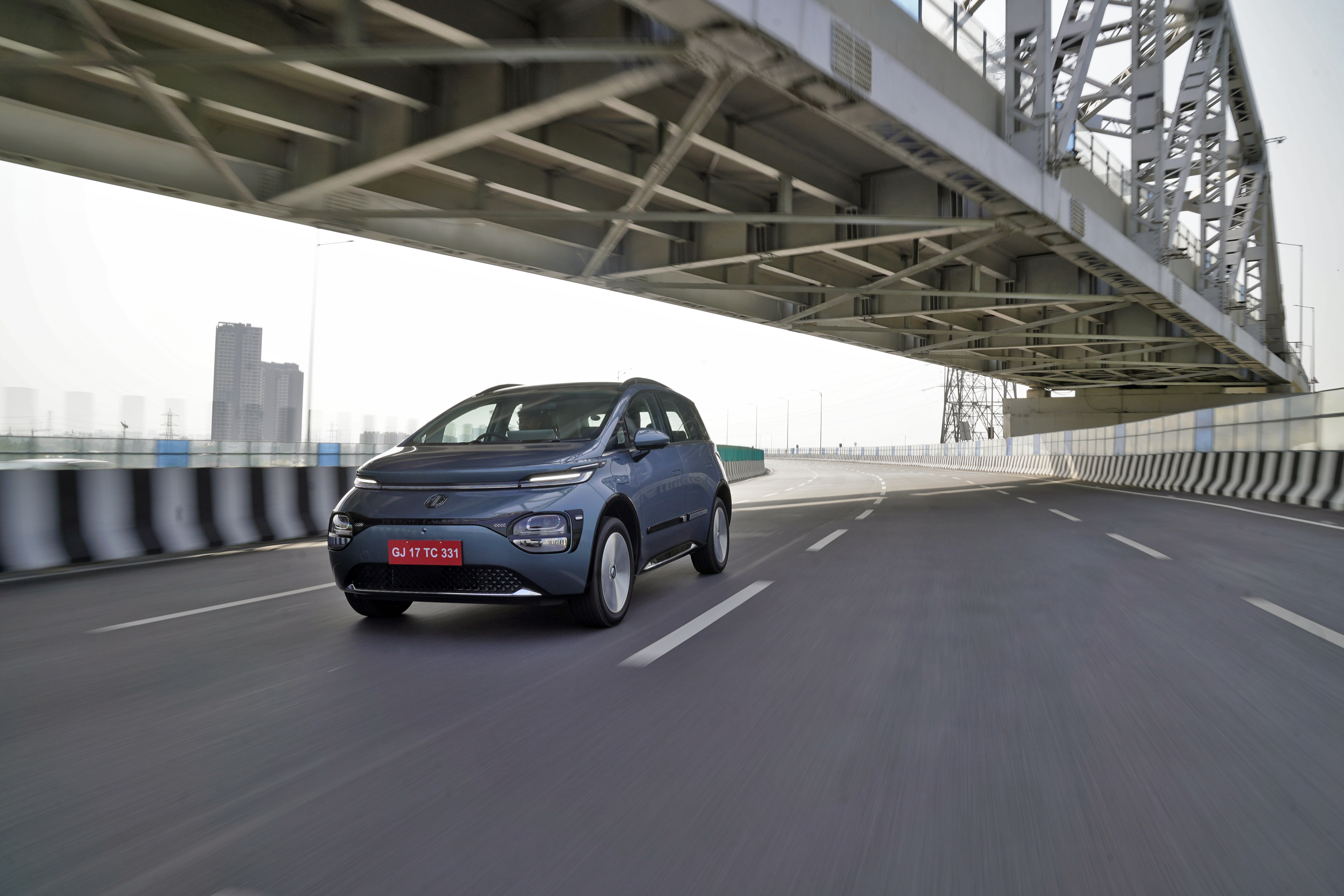
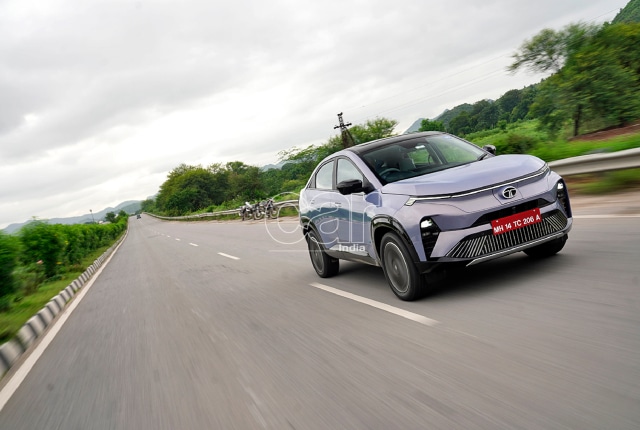
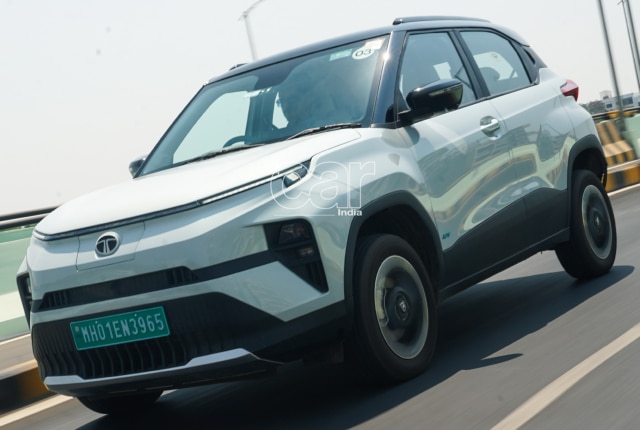




Leave a Reply